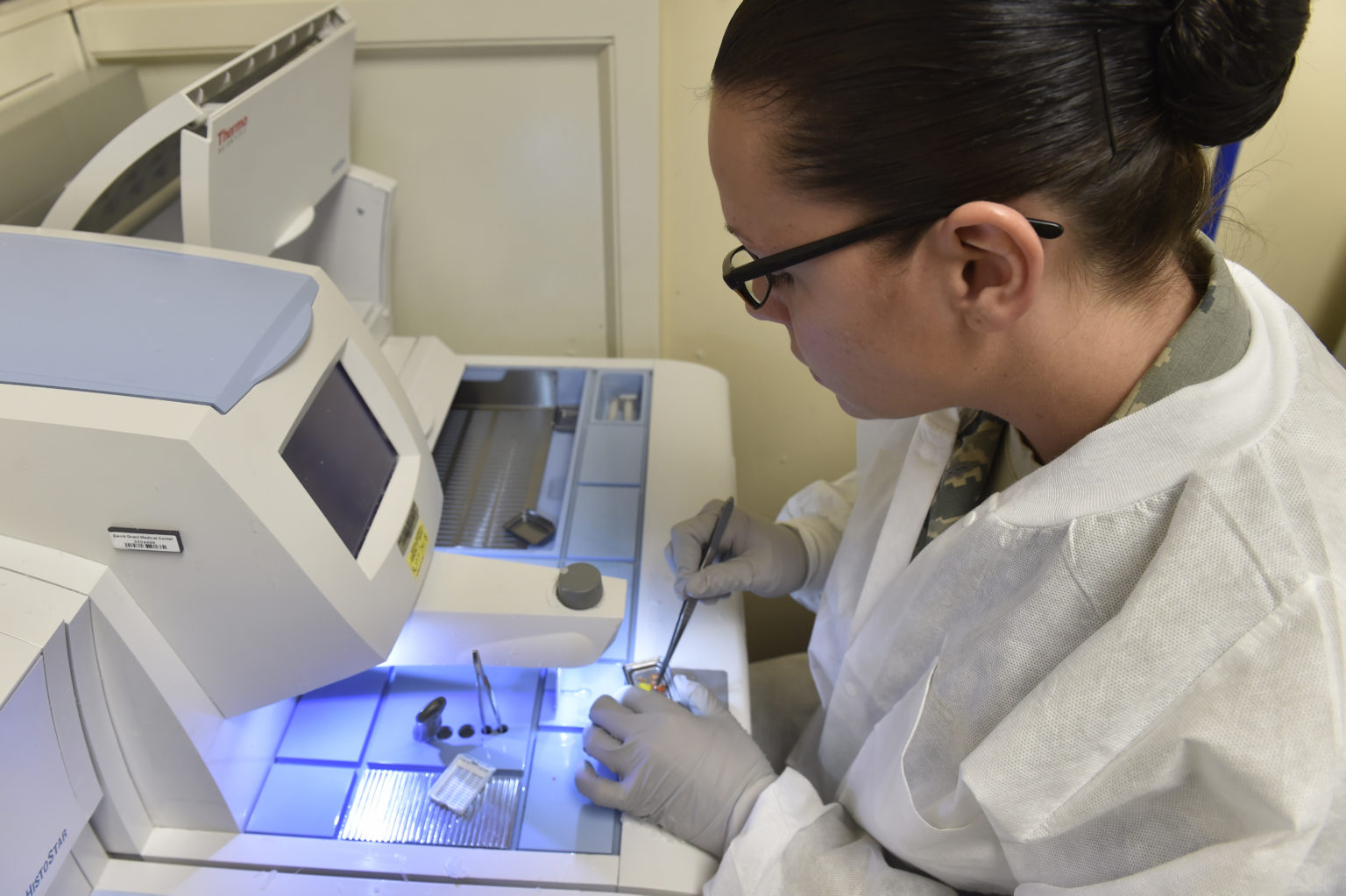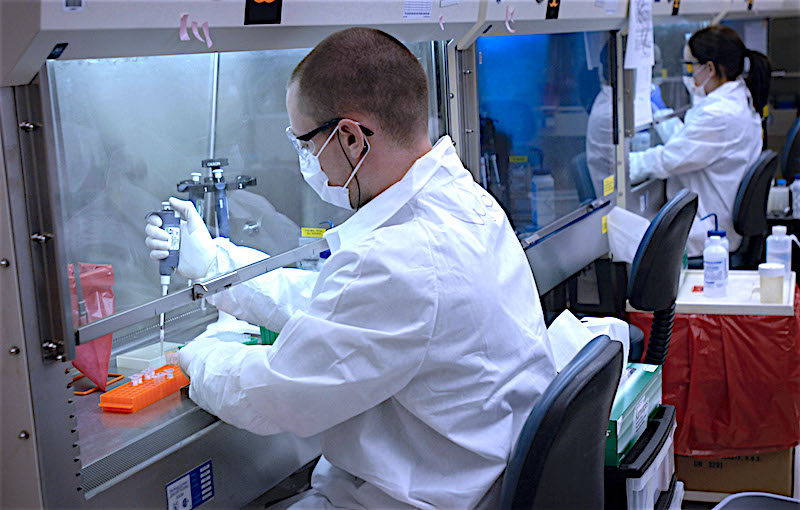

Since your education steeps you in highly technical and scientific lingo, you need to be able to communicate your knowledge in ways that people can understand. These will be used later in court but can also help you recreate the crime scene when you need a reference later. You must have intimate working knowledge of this vital tool so that you can take clear, well-lit photographs. One large part of your job will involve photography. When you approach a scene, you should be able to account for multiple factors that impact where you might find the relevant fibers or biological evidence you need to process, and recreate, the event. You might also be deposed by defense counsel for an individual interview.Ī forensic scientist must be able to assess a crime scene both in a big-picture and microscopic sense. Once you have reviewed evidence and submitted a final report to the rest of the law enforcement team, you might be called to testify in court. This prevents contamination of both the scene and the selected samples, hopefully allowing you to keep the evidence on the list of items that can be used in any associated court case. This means you will have guidelines for collecting, storing, and labeling the sample that you will take to your lab and analyze. In forensic science, you will visit crime scenes in your jurisdiction where you will follow the rules of evidence gathering.

You will also be part of the evidence-gathering process. You can even analyze blood itself to determine to whom it belongs. If you become a forensic scientist, you might specialize in things like trace evidence where you can help investigators determine how a violent act was committed.

A Forensic Scientist spends much of their day staring through a microscope or using other technology to review and analyze evidence.


 0 kommentar(er)
0 kommentar(er)
